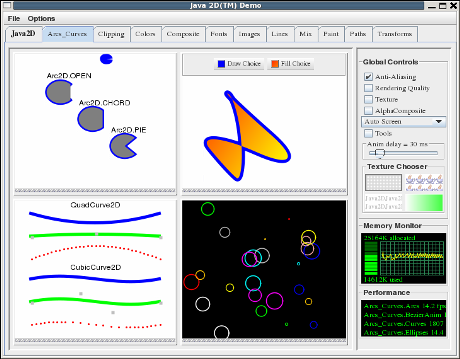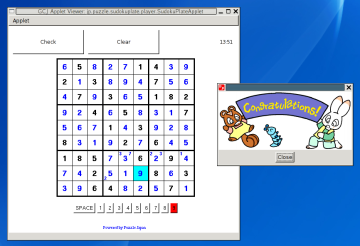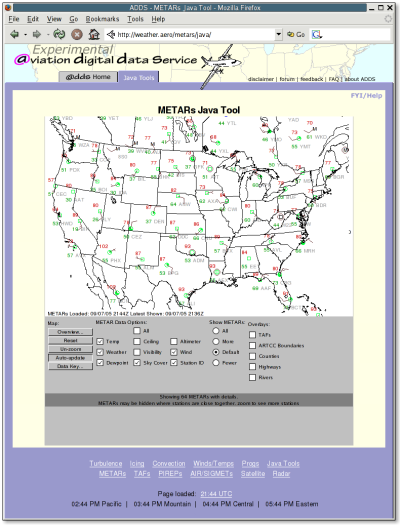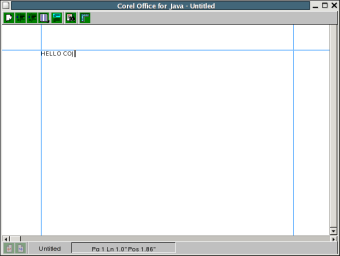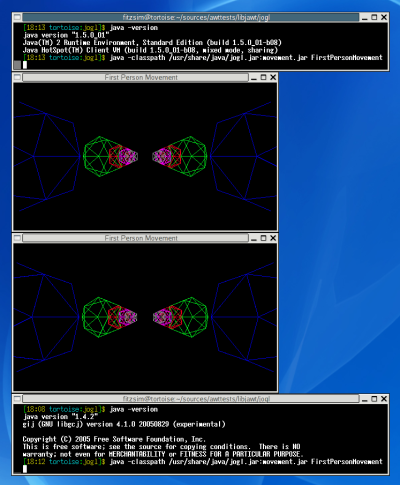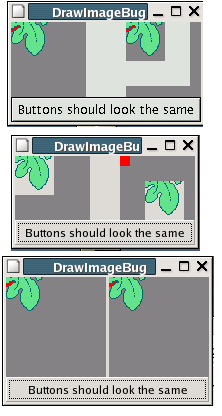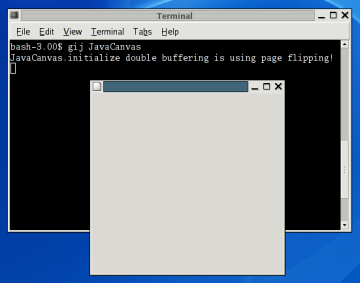Surprise
I was happily surprised on Monday when Sun announced that they would
release Java ME, SE and EE under the GPL. Actually, “happily
surprised” is an understatement: Sun also adopted the GNU Classpath
linking exception! I couldn’t have hoped for a better result.
Watching the announcement webcast was a surreal experience. It was as
if I were dreaming. Rich Green standing in front of the giant “GPLv2”
slide. The pre-recorded statement of praise from RMS. Jonathan
Schwartz pointedly asking Rich Green if OpenSolaris would be GPL’d.
The Java world was upside down. The FSF-versus-Sun standoff
evaporated before my eyes. Even on Friday as the GPL rumours
swirled, I really couldn’t have imagined this event. Rarely does a
long-standing conflict end so swiftly and constructively.
Lessons Learned
Over the past few months I was tempted to be cynical about the pending
announcement, but I really tried to keep an open mind. I learned this
mindset from Mark Wielaard and Dalibor Topic, two exemplar free
software advocates. They were very patient, polite, and helpful with
people from Sun who were contemplating the licensing decision. Mark
and Dalibor’s diplomacy almost certainly had a hand in Sun’s choice of
license.
The New Free Java Project
Given the excellence of the announcement itself, complete with FSF
endorsements, an initial code drop, open-subscription mailing lists,
and an exhaustively comprehensive FAQ, I’m confident that Sun
will run the free software Java project as competently as they’ve
stewarded the Java language. And in an abstract sense, the license
choice is a declaration from Sun, a contract with the free software
community, that they will continue the project honestly and openly.
My Personal Reaction
The dream-like aura surrounding Monday’s webcast was probably stronger
for me because I’ve been working on libgcj and GNU Classpath for the
last three years. For all that work to result in a complete victory
is a wonderful feeling. There is also a tinge of sadness though, that
the GNU Classpath project, along with all or most of the code I wrote
for it, will likely be retired in the coming year. I think GNU
Classpath has become a successful free software martyr. (Although
parts of the project may rise again in zombie form: could there be a
place for a GTK AWT peerset in the new Java world? ;-)) The GNU
Classpath community is great to work in, and I hope our ties remain
strong. I especially look forward to FOSDEM 2007 where I expect
everyone, even man-di, to be present for a huge party! 🙂
